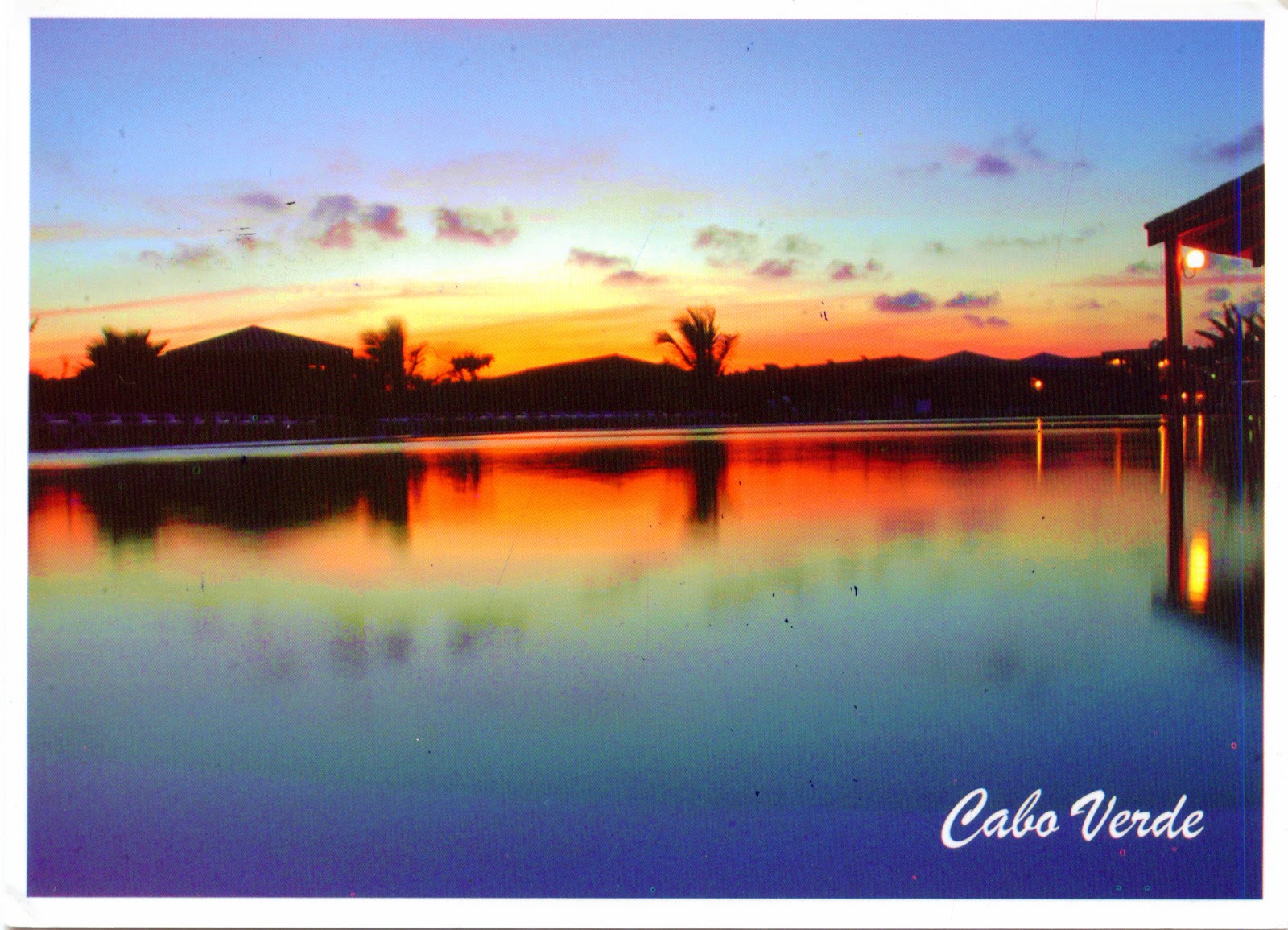 |
| 0205 - The Argamdzi River in Ukok Quiet Zone |
Posted on 13.05.2012, and 05.03.2015
In nowadays, the specially protected territories and natural complexes with an area of almost 22% of the whole Republic's territory are distinguished in the Altai Republic, which has an area of 92,600km2 and is situated in the very center of Asia, at the junction of Siberian taiga, steppes of Kazakhstan and semi-deserts of Mongolia. In 1998, UNESCO included on its list of World Heritage Sites Golden Mountains of Altai, consisting of three separate areas: Altaisky Zapovednik and a buffer zone around Lake Teletskoye; Katunsky Zapovednik and a buffer zone around Mount Belukha; and the Ukok Quiet Zone on the Ukok plateau. "The region represents the most complete sequence of altitudinal vegetation zones in central Siberia, from steppe, forest-steppe, mixed forest, subalpine vegetation to alpine vegetation. The site is also an important habitat for endangered animal species such as the snow leopard."
 |
| 1476 - Belukha Mountain |
The Ukok Quiet Zone is located in the south-east of the Altai Republic, near the borders with China, Kazakhstan and Mongolia, on a high mountain plateau dominated by hills and steppe landscapes with marsh, streams and lakes, which have particular cultural and religious values for local people. It is a remote and pristine grasslands area, once inhabited by the Pazyryk, an ancient people who are associated with some spectacular archeological findings, including mummies found frozen in the permafrost. Currently the region is threatened by two major russian projects: a gas pipeline, which will be constructed from western Siberia to China’s Xinjiang Province, and a large dam that would block the wild and untamed Katun River.
Read more »

















































